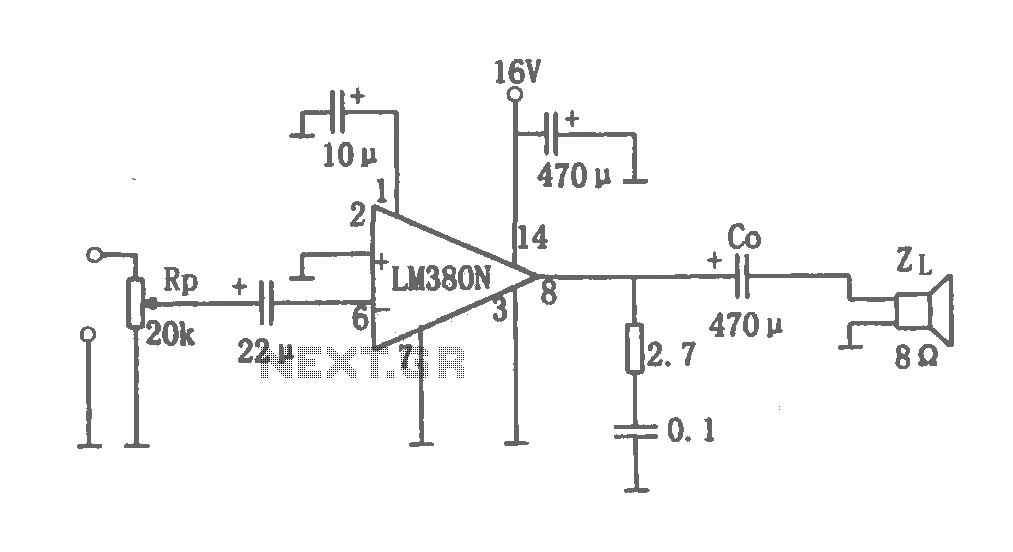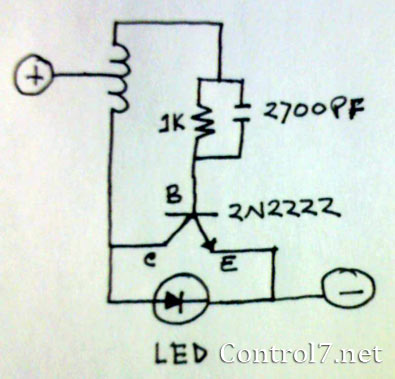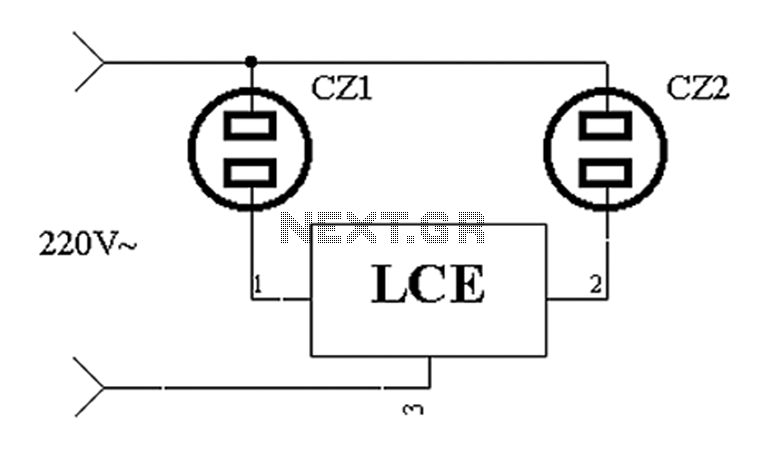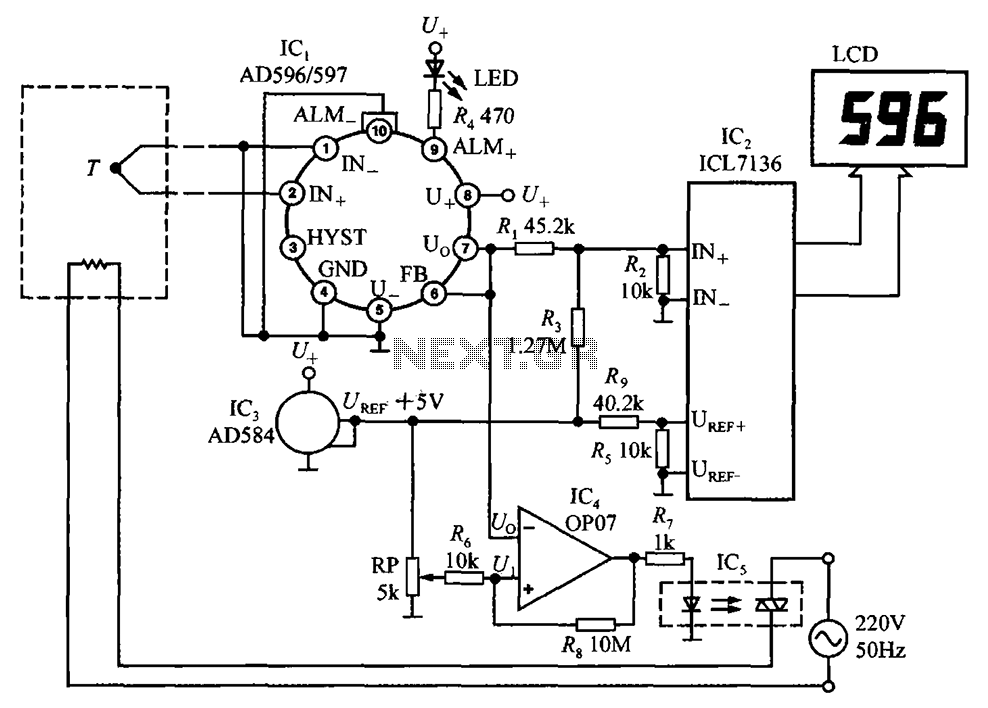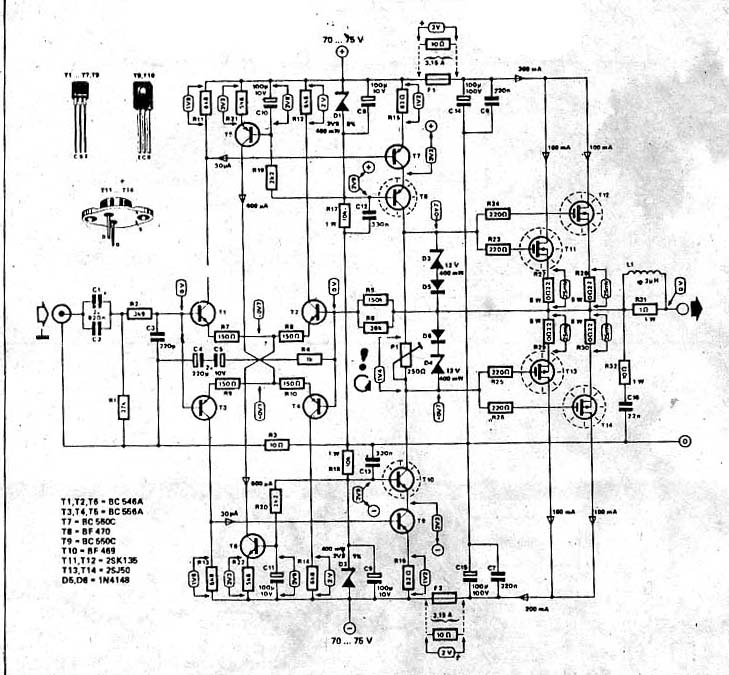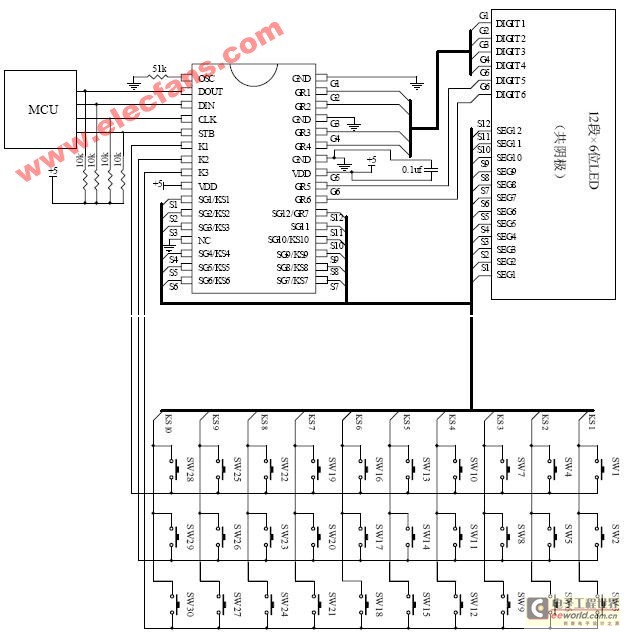
BCD seven sections of nixie tubes reveal the decoder circuit
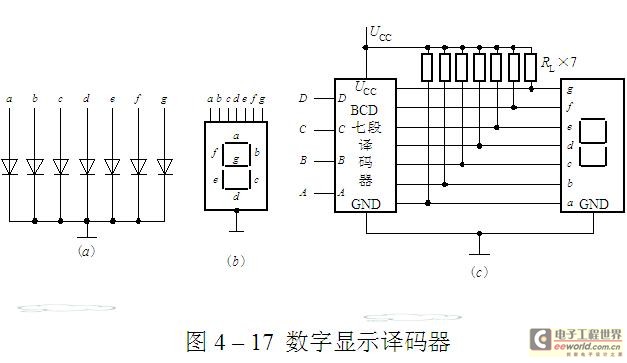
The luminescent diode (LED) is constructed from gallium arsenide (GaAs), a specialized semiconductor material, and gallium arsenide phosphide. It can be used individually or assembled into segment-type or lattice LED display devices. The display unit consists of a sectional type LED nixie tube, which is composed of seven line segments, with each segment containing one luminescent diode. When a direct voltage is applied, the diode emits bright light in various colors such as red, yellow, and green. The brightness of each segment can be controlled to display different characters or symbols according to specific logic. The schematic diagram of the LED and nixie tube is illustrated in Figure 4-17, which includes symbols representing the segments. During operation, the common negative terminal is grounded, while the seven positive terminals (labeled a to g) are driven by corresponding BCD (Binary-Coded Decimal) decoders. The output from these decoders provides the driving signals for each segment of the nixie tube, referred to as F a to F g, also known as 4-7 decoders. The output must be high and effective; when the output is high (1), the corresponding display segment illuminates. For example, if the input is in BCD format as 8421 (DCBA = 0100), segments b, c, f, and g should illuminate, while segments a, d, and e should remain off. Thus, the decoder output should be F a to F g = 0110011, a series of codes commonly referred to as segment codes. Additionally, a truth table for the 8421 BCD decoder can be constructed to represent the characters from 0 to 9, as detailed in Table 4-12.
The LED nixie tube is a versatile display technology utilized in various electronic applications. Each segment of the nixie tube is independently controlled, allowing for the dynamic representation of numerical values and symbols. The BCD decoder plays a crucial role in translating binary inputs into the corresponding segment outputs, ensuring accurate representation of the desired display.
In a typical application, the circuit would consist of the LED nixie tube connected to a microcontroller or a digital circuit that provides the BCD input. The microcontroller processes the data and sends the appropriate signals to the BCD decoder, which in turn activates the relevant segments of the nixie tube. The grounding of the common negative terminal ensures a stable reference point for the circuit, while the individual segment control via positive terminals allows for precise illumination of the segments.
The use of gallium arsenide in the construction of the LED contributes to its efficiency and brightness, making it suitable for applications requiring high visibility. The characteristic colors emitted by the LED enhance its usability in various display contexts, from digital clocks to measurement instruments. The ability to control the illumination of segments enables the display of a wide range of characters and symbols, making it a valuable component in modern electronic devices.
Understanding the operation of the LED nixie tube and its associated components is essential for designing effective display circuits. Careful consideration of the input signals, decoder configuration, and power supply requirements will ensure optimal performance and reliability of the display system.Luminescent diode LED Made of GaAs of special semiconductor material, gallium arsenide photphide, etc. can use singly, also can assemble the segment type or lattice LED display device semiconductor display device of the composition.
Display unit of sectional type LED nixie tube Enclose, succeed by 7 line segment 8 type, every segment include oneluminescent diode. The diode is turned on at the time of extra direct voltage, emit the sharp light, there is color such as being red, yellow, green. Control shiny section on killing, can reveal various character form or symbol each according to law. Pursue 4-17 a Female the intersection of LED and schematic diagram of nixie tube, Fig. 4-17 altogether b It is it that represents symbols. While using, the public negative pole is earthed, 7 positive poles a~g Driven by corresponding BCD seven sections of Decoders control, Such as Fig.
4-17 c Shown. C B A Show, The output is every sections of driving signals of nixie tube Israel F a~ F G shows, Also call 4- 7 Decoders. Drive overcast the intersection of LED and nixie tube altogether with it, export should as high and effective, namely export for high 1 When, corresponding display segment FaGuang.
For example, act as input 8421 yards of DCBA =At 0100 o`clock, should reveal, demand to light at the same time b c f g Section, go out a d e Section, so the output of the Decoder should be F a~ F g =0110011, This is a series of codes too, often called segment code. Same, according to make up, can list 8421BCD seven truth table of Decoder by 0~9 10 requirement of character form these, see tables 4-12 not omit with the code block.
🔗 External reference
The LED nixie tube is a versatile display technology utilized in various electronic applications. Each segment of the nixie tube is independently controlled, allowing for the dynamic representation of numerical values and symbols. The BCD decoder plays a crucial role in translating binary inputs into the corresponding segment outputs, ensuring accurate representation of the desired display.
In a typical application, the circuit would consist of the LED nixie tube connected to a microcontroller or a digital circuit that provides the BCD input. The microcontroller processes the data and sends the appropriate signals to the BCD decoder, which in turn activates the relevant segments of the nixie tube. The grounding of the common negative terminal ensures a stable reference point for the circuit, while the individual segment control via positive terminals allows for precise illumination of the segments.
The use of gallium arsenide in the construction of the LED contributes to its efficiency and brightness, making it suitable for applications requiring high visibility. The characteristic colors emitted by the LED enhance its usability in various display contexts, from digital clocks to measurement instruments. The ability to control the illumination of segments enables the display of a wide range of characters and symbols, making it a valuable component in modern electronic devices.
Understanding the operation of the LED nixie tube and its associated components is essential for designing effective display circuits. Careful consideration of the input signals, decoder configuration, and power supply requirements will ensure optimal performance and reliability of the display system.Luminescent diode LED Made of GaAs of special semiconductor material, gallium arsenide photphide, etc. can use singly, also can assemble the segment type or lattice LED display device semiconductor display device of the composition.
Display unit of sectional type LED nixie tube Enclose, succeed by 7 line segment 8 type, every segment include oneluminescent diode. The diode is turned on at the time of extra direct voltage, emit the sharp light, there is color such as being red, yellow, green. Control shiny section on killing, can reveal various character form or symbol each according to law. Pursue 4-17 a Female the intersection of LED and schematic diagram of nixie tube, Fig. 4-17 altogether b It is it that represents symbols. While using, the public negative pole is earthed, 7 positive poles a~g Driven by corresponding BCD seven sections of Decoders control, Such as Fig.
4-17 c Shown. C B A Show, The output is every sections of driving signals of nixie tube Israel F a~ F G shows, Also call 4- 7 Decoders. Drive overcast the intersection of LED and nixie tube altogether with it, export should as high and effective, namely export for high 1 When, corresponding display segment FaGuang.
For example, act as input 8421 yards of DCBA =At 0100 o`clock, should reveal, demand to light at the same time b c f g Section, go out a d e Section, so the output of the Decoder should be F a~ F g =0110011, This is a series of codes too, often called segment code. Same, according to make up, can list 8421BCD seven truth table of Decoder by 0~9 10 requirement of character form these, see tables 4-12 not omit with the code block.
🔗 External reference
